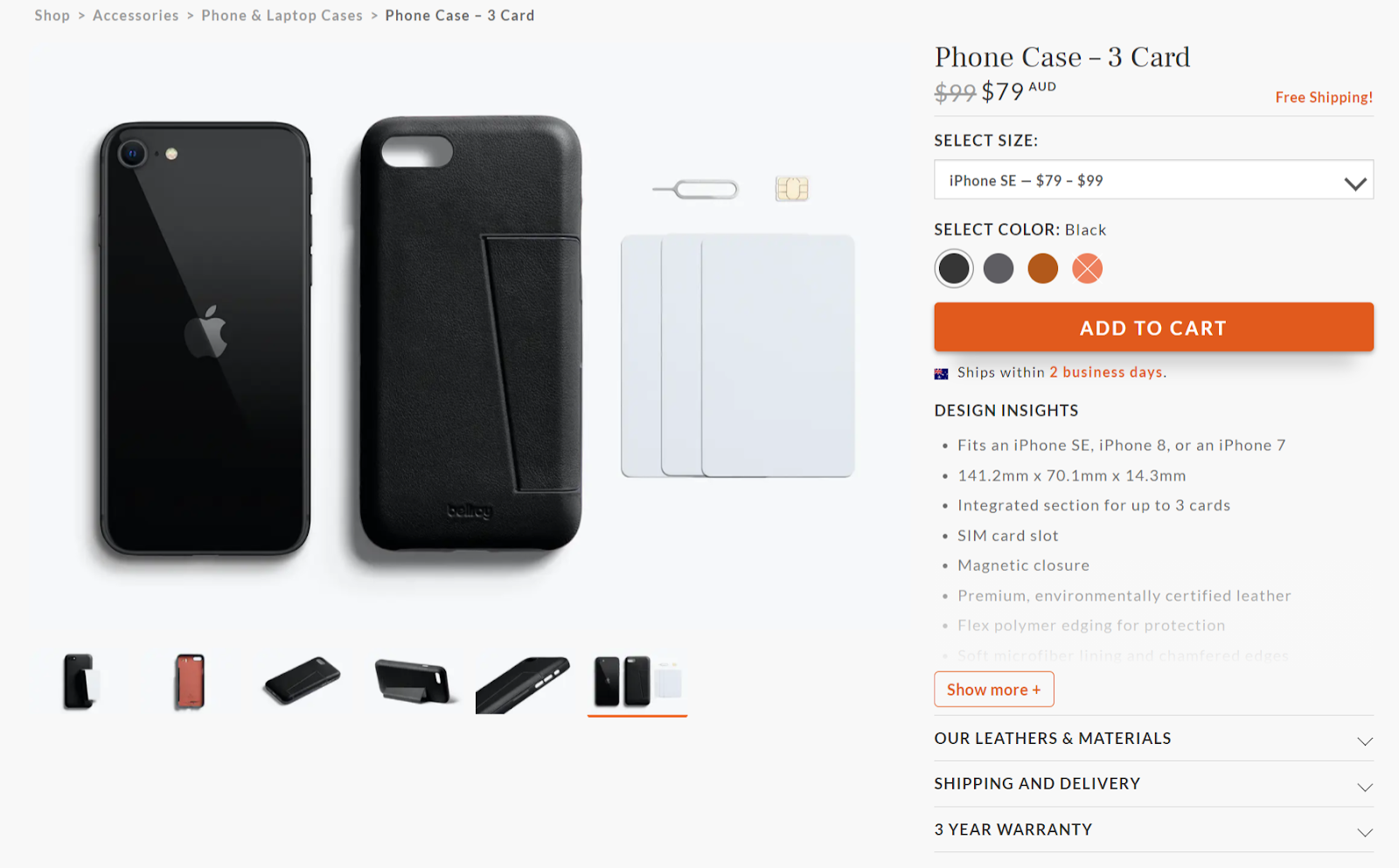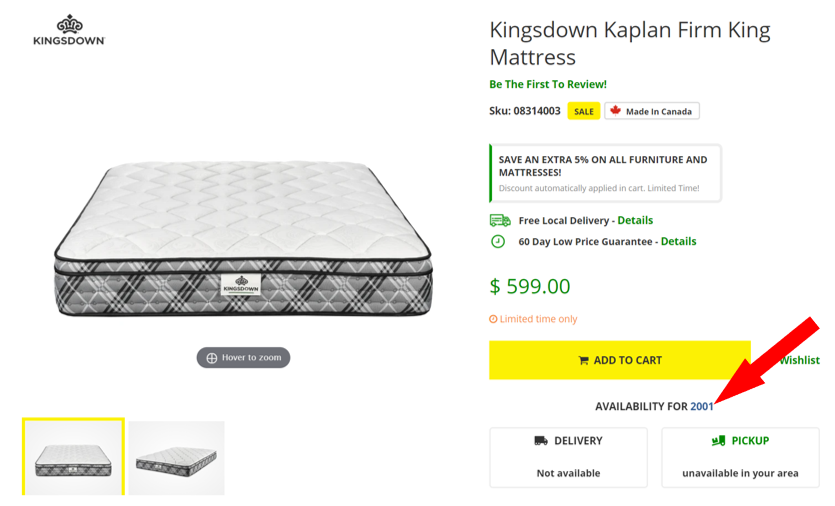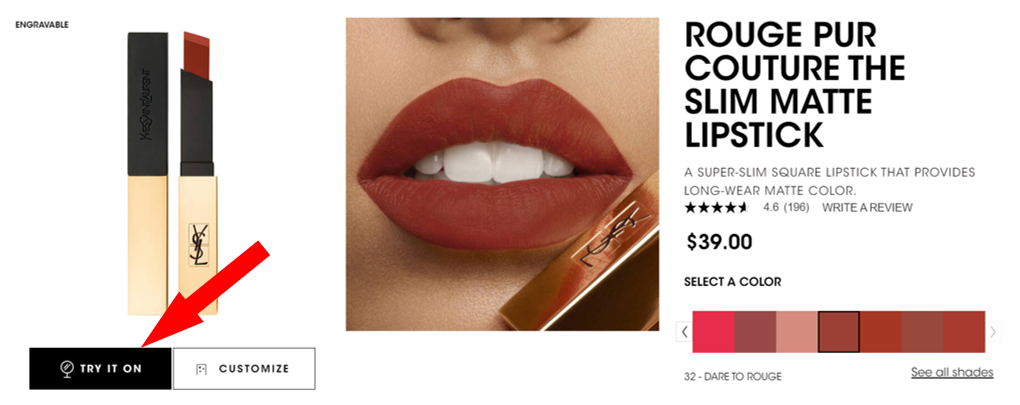As physical stores shut for lockdown and consumers moved to online shopping, retailers were forced to escalate their shift to ecommerce. They understand the game is changing rapidly. And they know, to survive and thrive, they have no choice but to address their ecommerce strategies.
But it’s easier said and done. Within the first half of 2021 only, we’ve seen retailers like The Collected Group, Paper Source, Belk, and L’Occitane have filed for bankruptcy. Other retailers have been struggling with increasing their ecommerce penetration.
The reasons for that are many, but one of them is because those retailers failed to meet consumers’ changing expectations and provide a seamless customer experience. According to NielsenIQ and Label Insight’s 2021 study, “of the 21 retailers who offered attribute-related search filters, they overlooked 80% of consumer need-states and preferences.” Forrester and Mapp’s research also found that ecommerce retail leaders are struggling to tie business outcomes to real customer needs (91%).
In this post, let’s take a closer look at why retailers need to focus more on enhancing ecommerce customer experience and how they can do that successfully.
3 Reasons Retailers Should Enhance Ecommerce Customer Experience
Today, retailers need to offer a frictionless ecommerce experience, from browsing, researching, and selecting to purchasing, shipping, returning, and exchanging. There are three reasons for that:
1. Ecommerce is The Future
According to the latest data from McKinsey, ecommerce sales continue to experience outsized growth, with online penetration remaining approximately 35% above pre-COVID-19 levels and ecommerce showing more than 40% growth over the past 12 months. This year, about 65% of shoppers plan to increase their online spending, as reported by Brightpearl.
Emarketer predicts that US ecommerce sales will continue to grow by double digits, up 17.9% in 2021 to $933.30 billion. Mobile commerce, which includes mobile retail and mobile travel sales, will increase by 14.4% from 2019 to 2021. PwC even emphasized that despite a slight uptick in in-store commerce, shopping via smartphone keeps climbing steeply, gaining 2% points on in-store shopping since March 2021 and more than doubling since 2018.
With that in mind, enhancing the ecommerce customer experience will help retailers meet modern consumers where they are, reach out to more prospects, and boost overall sales. In a report, eMarketer also shared that many firms have seen significant improvements in customer lifetime value (30% of respondents), customer advocacy (30%), and basket size (23%) as a result of investing in digital customer experience.
2. Consumers’ Expectations Are on the Rise
Today’s consumers are very different from those in the past ten years. They now expect brands to satisfy their expectations and have no tolerance if brands fail to do that. In fact, 32% of shoppers will stop doing business with a brand after just one bad experience.
Here are some changes in consumers’ shopping behaviors retailers should keep in mind:
- More and more consumers are shopping across brands. Today, according to Forrester, 52% of US online adults enjoy trying new products and brands, up from 39% 10 years ago. McKinsey adds that of 75% of Americans who changed their shopping behavior since COVID-19 began, around 40% have switched brands. These switching behaviors are more prevalent among Gen Z and millennial consumers than boomers (44% of Gen Z and millennials have tried a new brand, versus 35% of boomers).
- Fit becomes one of the main drivers that influence shopping behavior changes. Consumers are more likely to use site search to discover and find products that match their needs. When it comes to search terms, NielsenIQ and Label Insights found that 81% of grocery searches on Amazon are unbranded. In other words, consumers are searching less by brand and more for products that meet their individual need-states.
- Most US adults want retailers to provide advanced site search features and will reward those that do so with greater loyalty and lower operational costs (e.g., lower returns and fewer contact center calls), according to Forrester.
- When shopping online, consumers also consider fast and reliable delivery and availability, besides price. More interestingly, many said a good return policy is their third-most important consideration to make a purchase decision, reported by PwC.
3. Technology Is Changing Retail Customer Experience
According to McKinsey, technology will be one of the key trends that will shape the grocery industry in the coming years. Capgemini Research Institute’s Building the Retail Superstar: How Unleashing AI Across Functions report also shows that:
- For large retailers with revenue greater than $10 billion, 24% invest between 5% and 10% of their IT spend in artificial intelligence (AI). For retailers with revenue below $10 billion a year, just 7% spend those levels.
- Retailers can save as much as $340 billion by taking AI to scale across the operations spectrum: procurement, supply chain, logistics, returns, and in-store pilferage.
By applying AI-powered technologies like 3D virtual showrooms, visual search, product configurators, marketing automation, and customer service chatbots, retailers can simplify the shopping journey, offer a better omnichannel experience for consumers, save costs, and more.
3 Tips for Retailers to Improve Ecommerce Customer Experience
1. Upgrade Digital Search Experience
According to Forrester, “for many retailers, site search is still an unoptimized feature that may be hindering the performance of product findability and conversion.” Even worse, NielsenIQ and Label Insights’ survey found that:
- Over 92% of products that should have been made available on the digital self were not, leaving shoppers with a severely limited product selection.
- On average, across the top 25 most prevalent attributes, retailers fail to return 53% of qualifying products.
- Many audited retailers failed to include attributes with the highest organic search volume. Of the 25 attributes with the most search volume, a filter only exists for that attribute 23% of the time.
To solve these problems, retailers should leverage existing data to determine what consumers want, their search habits, and their shopping behaviors. Then, use those insights and a good AI-powered search tool to identify consumers’ true intents and provide personalized and highly relevant results. While doing that, consider using faced search, attribute-based search filters, and semantic data to improve the quality of search results.
2. Tailor Product Detail Pages to Customers’ Needs
When asked more than 1,800 shoppers what it means to trust a brand on the digital shelf, Salsify found that it came down to the robustness of your product detail pages:
- 86% of shoppers rely on digital information while shopping.
- 45% of shoppers said, “high-quality images and detailed product descriptions” were among the top 3 reasons they trust a product online.
- 31% of consumers said, “not enough information or details provided” is the #1 reason they didn’t buy a product online.
- 51% of shoppers are “very likely to buy” when personally relevant images, videos, text, and reviews are on a product page.
Without a doubt, improving the product detail page experience can help you fulfill customers’ expectations. Here are some tips for doing that:
- Optimize product detail pages with sizes, colors, ingredients, how-tos, return and shipping policies, and payment methods. Also, use enhanced content like high-quality images, videos, and 360-degree spins to enable consumers to view products from different angles.

- Provide real-time product availability information. Shoppers quickly get frustrated with products that appear out of stock at checkout or items that appear in stock on the website but aren’t really there. In Upwave’s 2021 survey, 72% of consumers said they were “much more” aware of product availability than pre-pandemic.
- Take advantage of videos for product demonstration, tutorials, do-it-yourself ideas, or recipes. It’s a great way to differentiate your brand from others and delight consumers.
- Use data to personalize product recommendations. BCG found that when the shopping experience is highly personalized, customers are 110% more likely to add additional items to their baskets and 40% more likely to spend more than they’ve planned. Check out buybuyBABY’s product detail pages for inspiration. They use several types of product recommendation widgets, including “like this? you’ll love these,” “recently viewed,” “trending products,” “you may also like,” “related categories,” and “sponsored products.”

- Use data to personalize product recommendations. BCG found that when the shopping experience is highly personalized, customers are 110% more likely to add additional items to their baskets and 40% more likely to spend more than they’ve planned. Check out buybuyBABY’s product detail pages for inspiration. They use several types of product recommendation widgets, including “like this? you’ll love these,” “recently viewed,” “trending products,” “you may also like,” “related categories,” and “sponsored products.
- Using augmented reality (AR) and virtual reality (VR) to offer a unique, immersive shopping experience for consumers, for example, a virtual fitting room and virtual makeup. BCG data shows that between 8% and 12% of shoppers ages 18-44 who test beauty products in a mobile AR app hit the “buy” button—compared to average conversion rates of between 1% and 3% for many websites.

Source: YSL Beauty
3. Create a Seamless Omnichannel Customer Experience
Modern consumers are shopping anywhere, and at any time they want. That’s why it’s in your best interest to provide your consumers with a unified experience across digital and physical channels.
According to Digital Commerce 360’s 2020 Digital Marketing survey, 76% of retailers found emails the most effective on a 5-point scale, followed by social media at 61%. So conversion acceleration is likely on the social front.
Start building your community of engaged, loyal, and successful customers on social media. Think about posting regularly, partnering with influencers, running giveaways, live streaming, etc. Also, take advantage of shopping features like Instagram Shopping and Facebook Shop to promote your products and sales.
Email marketing is an effective channel to maintain relationships with consumers and share promotional campaigns. You may want to create a welcome email flow to engage new subscribers, an abandoned cart flow to win back those who leave your store without buying anything, and a post-purchase flow to turn a buying customer into a loyal and repeat one.
Customer service is another channel you can’t ignore. Your customers will need help at various points along their purchasing journey — you need to be ready to support them. You should create a knowledge base, an FAQ page, and other self-service options so customers can find the answers without contacting your support staff.
Another aspect to focus on is the in-store experience. Businesses are starting to utilize kiosks to improve the in-store experience, from an automation and experience standpoint as it allows them to be innovative, and efficient, and support customers during labor shortages. You can provide AI store assistants to answer customers’ questions, and supplement the customer experience with product information and recommendations. You may also want to try cashless checkout which allows in-store shoppers to grab products, walk out, and be charged automatically without interacting with cashiers.
Ready to Enhance Your Ecommerce Customer Experience?
Now is the time for retailers to invest in data and technology to deliver a better ecommerce customer experience. Those that can understand what consumers want and quickly adapt will likely become the next customer-experience leaders in the retail industry.
If you’re looking for a platform to improve the site search experience for your ecommerce store, try Zoovu. Sign up for a demo, and our expert team will show how Zoovu can help transform your ecommerce customer experience.


